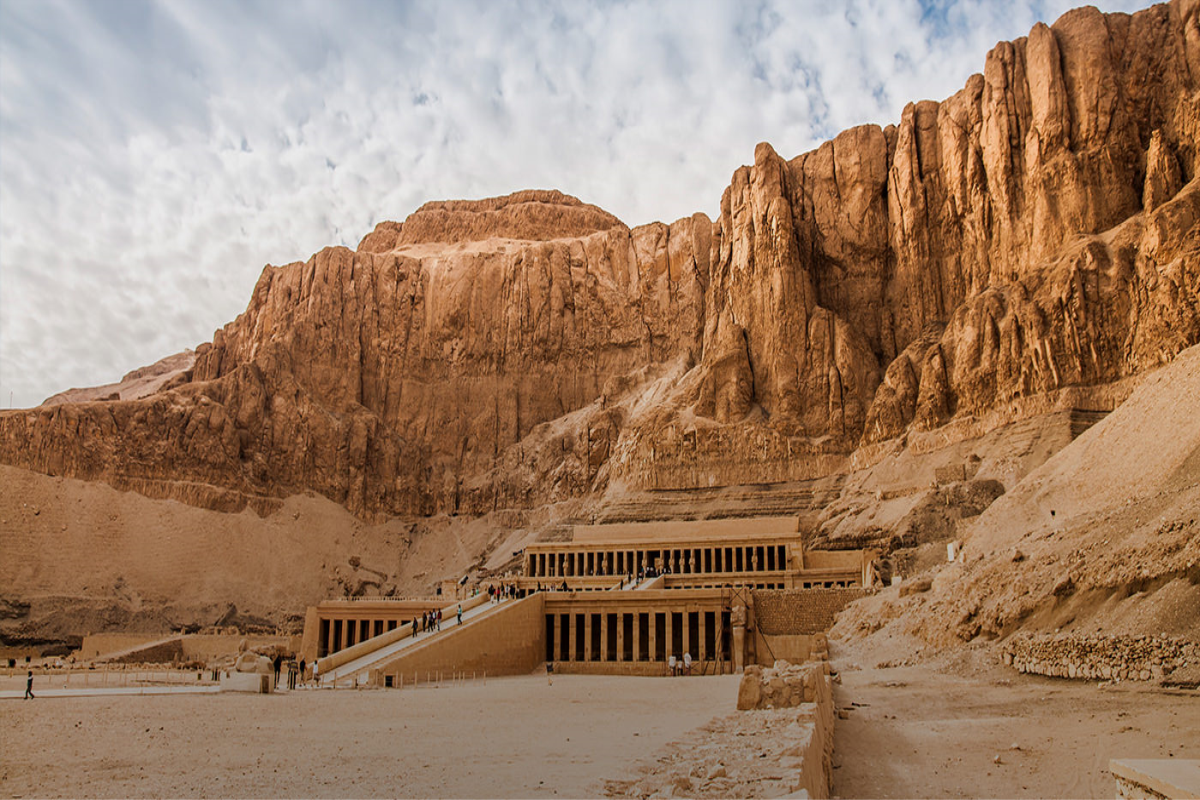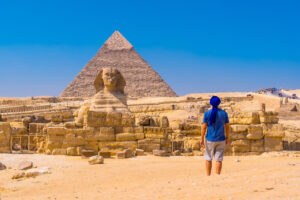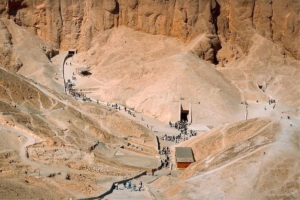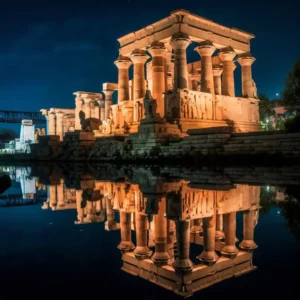Top 10 Must-Visit Attractions in Luxor & Aswan
Luxor and Aswan are two of Egypt’s most iconic cities, brimming with ancient history, stunning monuments, and breathtaking landscapes. Located along the Nile River, these cities offer some of the most spectacular archaeological sites in the world. If you’re planning a visit, here are the top 10 must-see attractions in Luxor and Aswan that should be on your itinerary.
1. Valley of the Kings (Luxor)
The Valley of the Kings is perhaps the most famous archaeological site in Egypt. It is the final resting place for many of Egypt’s New Kingdom pharaohs, including Tutankhamun, Ramses II, and Seti I. The tombs, adorned with intricate wall paintings and hieroglyphs, offer a fascinating glimpse into ancient Egyptian burial practices. Don’t miss the chance to see the tomb of King Tut, one of the most well-preserved and historically significant tombs in the valley.
2. Karnak Temple Complex (Luxor)
Karnak is one of Egypt’s most monumental religious complexes. It was dedicated to the Theban triad of Amun, Mut, and Khonsu, and covers a vast area of over 100 hectares. The temple’s Great Hypostyle Hall, with its 134 towering columns, is one of the most impressive sights in the complex. Karnak is also home to the Sacred Lake, where pharaohs would perform religious rituals. The sound and light show at Karnak in the evening is also a spectacular way to experience the site.
3. Luxor Temple (Luxor)
Luxor Temple, located right in the heart of the city, is another must-visit ancient site. Built during the reign of Amenhotep III and later expanded by Ramses II, this temple is known for its grand entrance, lined with massive statues of Ramses II. The temple’s beauty is enhanced by its stunning location along the Nile River. At night, the temple is beautifully illuminated, making it an incredible sight to behold.
4. Temple of Queen Hatshepsut (Luxor)
The Temple of Hatshepsut, located at Deir el-Bahari, is one of Egypt’s most architecturally stunning temples. It was built for the only female pharaoh, Hatshepsut, and features a series of terraces that rise dramatically from the desert floor. The temple is surrounded by cliffs, and its grandeur is heightened by its unique design and the impressive statues of the queen that adorn its walls.
5. Colossi of Memnon (Luxor)
The Colossi of Memnon are two massive stone statues that once guarded the entrance to the mortuary temple of Amenhotep III. These 18-meter-tall statues are among the most iconic monuments in Luxor. Over the centuries, the statues have become famous for the mysterious sounds they emit at sunrise, which has been attributed to the “singing” of the statues due to the effects of the morning temperature.
6. Philae Temple (Aswan)
Philae Temple is one of Egypt’s most picturesque temples, located on an island in Lake Nasser. Dedicated to the goddess Isis, the temple features stunning architecture and beautiful hieroglyphs that tell the story of the goddess’s life and the religious practices of ancient Egyptians. The temple complex includes a variety of small shrines, a large courtyard, and the famous Kiosk of Trajan, a remarkable structure that stands on the island’s edge.
7. Abu Simbel Temples (Aswan)
The Abu Simbel temples are a UNESCO World Heritage site and are some of the most impressive in Egypt. Built by Ramses II in the 13th century BC, the temples are carved into the side of a mountain and feature four massive statues of Ramses II. The larger temple is dedicated to Ramses II, while the smaller one is dedicated to his queen, Nefertari. The temples were relocated in the 1960s to save them from flooding caused by the construction of the Aswan High Dam, making them even more remarkable.
8. Aswan High Dam (Aswan)
The Aswan High Dam is one of the most important engineering feats of the 20th century. Completed in 1970, the dam controls the flow of the Nile River, providing electricity to much of Egypt and preventing floods. Visitors can take a tour of the dam to learn about its construction and its impact on Egypt’s development. The view from the top of the dam, overlooking Lake Nasser and the surrounding desert, is spectacular.
9. Unfinished Obelisk (Aswan)
The Unfinished Obelisk in Aswan is a testament to ancient Egyptian craftsmanship. It was originally intended to be the largest obelisk ever erected, but cracks in the stone led to its abandonment. The obelisk remains in its quarry, giving visitors a unique insight into how these massive monuments were carved from granite. The site also offers a fascinating look into the techniques used by ancient builders.
10. Nubian Museum (Aswan)
For a deeper understanding of the Nubian culture and history, the Nubian Museum in Aswan is a must-visit. The museum showcases a rich collection of artifacts from Nubia, an ancient region that stretched along the Nile from southern Egypt to northern Sudan. The museum’s exhibits include statues, pottery, jewelry, and even mummies, offering an intriguing glimpse into the Nubian civilization and its connections to ancient Egypt.
Final Thoughts
Luxor and Aswan are two of Egypt’s most fascinating destinations, offering a wealth of history, culture, and breathtaking landscapes. Whether you’re exploring the tombs of the pharaohs, marveling at ancient temples, or cruising along the Nile, these cities are a must-visit for anyone interested in ancient Egyptian history.











Nemo enim ipsam voluptatem quia voluptas sit aspernatur aut odit aut fugit, sed quia consequuntur magni dolores eos qui ratione voluptatem sequi nesciunt.